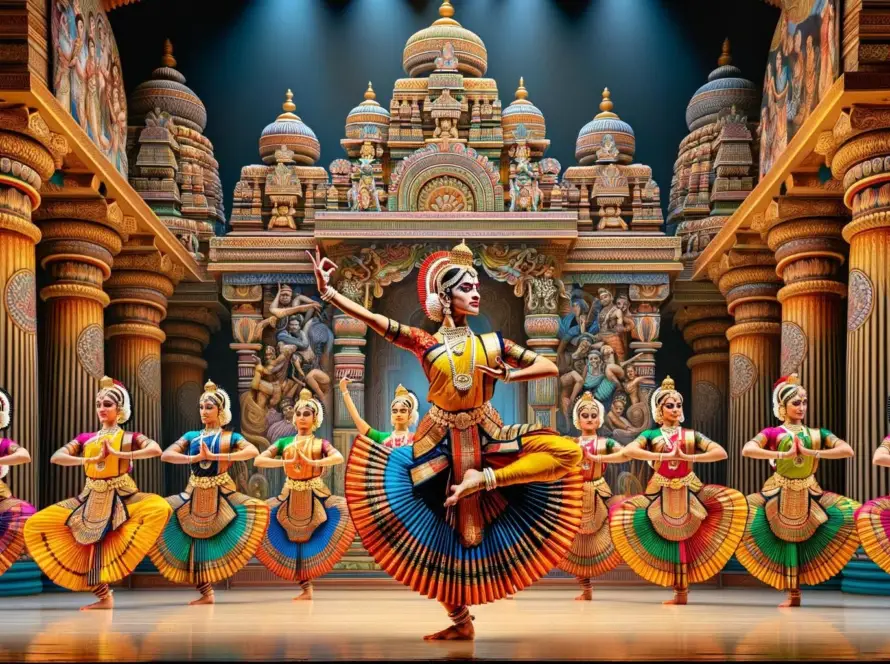Generated by Contentify AI

Henna holds a significant place in Indian culture, serving as more than just a form of body art. This traditional practice has deep-rooted meanings and symbolism that reverberate throughout Indian society. From weddings to festivals, henna application plays a crucial role in various celebrations and rites of passage within the Indian community. Its intricate designs and rich history showcase the vibrant cultural tapestry of India.
The art of applying henna, known as Mehndi, is an ancient practice that has been passed down through generations. It is believed to bring good luck, prosperity, and ward off evil spirits. In Indian weddings, henna is applied to the hands and feet of the bride in elaborate designs, symbolizing joy, beauty, and spiritual awakening. The process of applying henna itself is considered a sacred ritual, often accompanied by singing, dancing, and festivities.
Apart from its ceremonial significance, henna also holds medicinal properties and is known for its cooling effect on the skin. The intricate patterns created with henna not only add aesthetic beauty but also contribute to the overall well-being of an individual. In Indian culture, henna is a symbol of love, purity, and spiritual enlightenment, making it an integral part of various auspicious occasions.
Through the art of henna, Indians continue to celebrate their rich cultural heritage and artistic traditions. Its enduring popularity reflects the deep-rooted connection between art, spirituality, and everyday life in Indian society. Understanding the importance of henna in Indian culture unveils a world of symbolism, beauty, and tradition that has stood the test of time.



